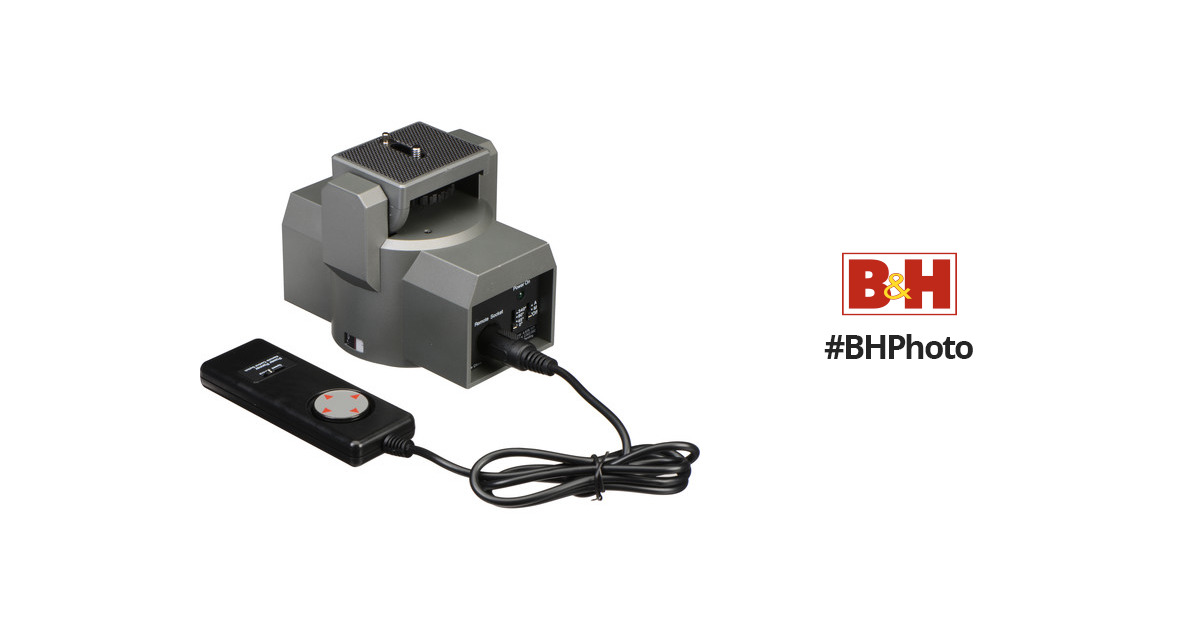

Surprisingly, there are quite few such devices for photo cameras on the market. This setup is what I am experimenting with, and the tripod head that I am going to review here is its part. The frame composition should be controlled via a small video camera that is sending a picture from the viewfinder to the receiver that the photographer is holding in his hand. The motor should allow adjustments of camera's view field if the subject moves or lives it completely. A partial solution can be a remotely controlled DSLR camera mounted on a tripod head that is moved by an electric motor. In wildlife photography, tasks that I outlined above would certainly be suitable for a robot with a DSLR camera but unfortunately none is currently available on the market. In industry, military, space, and everywhere else, if a task is too dangerous or impossible to do for a human, they would send a robot. Since for wide-angle shots of small animals such as small birds, rodents or reptiles, a camera should be less than in half a meter from the subject, a photographer trying to approach it with a camera will almost certainly scare the animal off before he makes a shot.

Another problem with traditional "seek-and-hide" close-up photography is that typically only large animals can be photographed this way: A small or medium sized animal, even if it comes close to your hide, will always be still too far for a wide-angle lens. In quite many situations it is impossible to get close to the animal for an objective reason - for instance, if it is dangerous or too shy, or is staying in a place that is not accessible for a human, e.g. If you have already travelled to photograph nature in a country like Tanzania or Costa Rica for as short as just two or three weeks, you would know what I mean. It is the programme of the trip, its itinerary, or other circumstances, such as local rules, organization, etc. This is not because I don't like sitting in a hide or don't want to stalk an animal. If no hide is available at the location where I am going, I don't bring my own because I never stay there for longer than a couple of hours. Since I usually photograph nature while I am traveling, I have neither time nor equipment for approaching wildlife for a close-up shot. I have always admired such images created by other photographers but myself haven't had enough opportunities to practice this kind of wildlife photography so far. The usually preferred way to such photos is to hide and wait till the animal comes close enough for the reach of the lens. Equipment reviews maxwell electronic power panner mp- 101īecause such images are so difficult to obtain and because they give the viewer the feeling of being with the animal in immediate proximity, photos of wildlife taken from close distance with wide-angle, standard or short telephoto lenses are much more impressive than the usual shots with a super telephoto lens that most nature photographers do.


 0 kommentar(er)
0 kommentar(er)
